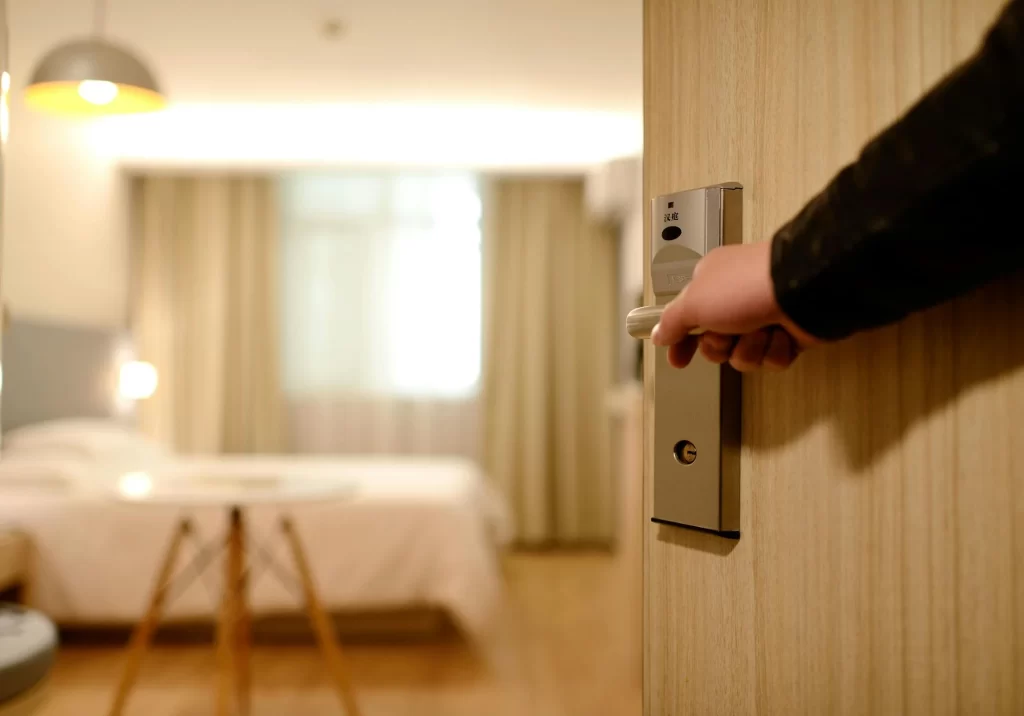Designing for the hospitality industry presents a unique set of challenges and opportunities. The goal is to create spaces that not only reflect the brand’s identity and ethos but also cater to the diverse needs of guests, ensuring comfort, luxury, and functionality. Balancing these elements within the constraints of a budget requires a nuanced approach, blending creativity with strategic planning. This exploration delves into the key considerations and strategies for navigating the design and development challenges specific to the hospitality industry.
Understanding Guest Expectations
The cornerstone of hospitality design is understanding and anticipating guest expectations. Today’s travelers seek more than just accommodation; they look for an experience that combines luxury, comfort, and a sense of place. This requires designers to think beyond aesthetics, considering how spaces function and how they make guests feel. Whether it’s a boutique hotel that reflects local culture or a luxury resort offering an escape from the everyday, every design decision must aim to enhance the guest experience.
Incorporating Luxury and Functionality
- Strategic Use of Design Elements: Incorporating luxury in hospitality design isn’t solely about opulence or lavish materials; it’s about creating a sense of exclusivity and personalized experience for guests. This can be achieved through thoughtful design choices, such as high-quality finishes, custom furniture, and innovative lighting solutions that create ambiance and mood.
- Functionality for Diverse Needs: Hotels must cater to a wide range of guests, from business travelers to families. This requires flexible design solutions that can adapt to different needs, such as multi-functional furniture, ample and versatile lighting, and technology integration that enhances convenience and comfort.
Navigating Budget Constraints
Designing within budget constraints is a significant challenge in the hospitality industry. Achieving the desired level of luxury and functionality requires creative solutions to maximize resources.
- Cost-effective Materials and Finishes: Selecting materials and finishes that offer durability and longevity without compromising on aesthetics is crucial. Advances in manufacturing technologies have made it possible to find high-quality, cost-effective alternatives that mimic more expensive materials.
- Investment in Key Areas: Allocating the budget strategically, focusing on areas with the highest impact on guest experience, such as the lobby, guest rooms, and amenities, can ensure that investments translate into tangible enhancements in luxury and functionality.
- Phased Renovations: For existing properties, phased renovations can allow for improvements to be made gradually, spreading out the financial impact while continuously updating the space.
Emphasizing Sustainability
Sustainability is becoming increasingly important in the hospitality industry, not only from an environmental perspective but also as a factor in guest satisfaction. Implementing sustainable design practices, such as energy-efficient lighting, water-saving fixtures, and materials with low environmental impact, can contribute to operational savings while aligning with guests’ values.
Creating Memorable Experiences
Ultimately, the success of hospitality design lies in its ability to create memorable experiences for guests. This involves a holistic approach that integrates architecture, interior design, and landscaping to tell a cohesive story. Attention to detail, from the overall layout to the smallest touchpoints, ensures that every aspect of the property contributes to a seamless and enriching guest experience.
Conclusion
Designing for the hospitality industry is a complex, multifaceted endeavor that challenges designers to push the boundaries of creativity within practical constraints. Balancing luxury, functionality, and budget requires a strategic approach, focusing on guest experience as the guiding principle. Through innovative design solutions and a commitment to sustainability, it is possible to create spaces that not only meet but exceed the expectations of today’s discerning travelers, setting new standards in hospitality design.






